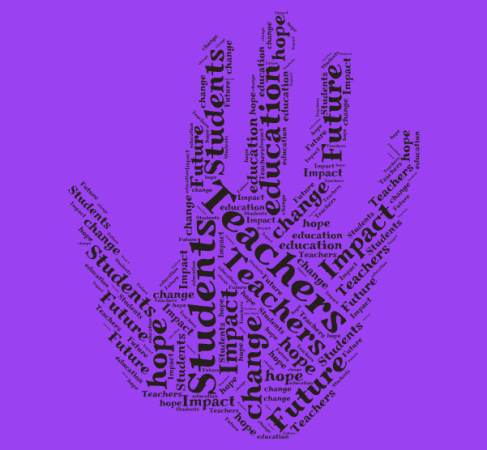
I recently subscribed to “Bright,” an online publication about innovation in technology. Usually, for this blog, the posts discuss things all about education. However, this time, I am writing down my thoughts about an article from “Bright” that is simply about living life.
Matthew McConaughey — yes, the actor — delivered the commencement speech for graduates of the University of Houston this year. I came across the article as I was looking for something to write about and stopped because I saw Matthew’s picture and wondered what the heck he was doing on the website. I started reading and just kept going.
It is titled “13 Lessons Learned” and consists of Mr. McConaughey’s advice for those students leaving the safety of college and moving on to the next step in their lives. Although this article doesn’t talk about the next most innovative teaching strategy or share some astonishing facts about the current state of the United States’ education system, it offers a chance for teachers to step back and look at what they are doing in their own lives.
Among other things, Mr. McConaughey reminds us that life is not easy, that we define success for ourselves and must go after it, and that there is a distinct difference between happiness and joy. Above all though, the article relays a sense of courage, which is something that I think all teachers need.
In a time in which we are questioned and scrutinized. During the days in which we must be role models for dozens of little eyes and find ways to reach young minds. Amidst the hours of lesson planning and stress and the minutes before the rush of class, we can feel empowered in the fact that we are working toward something important and life-changing. We have chosen lives of meaning and are striving to make a difference in the world around us.
Read this ending:
“So while we’re here, let’s make it a place where we break a sweat, where we believe, where we enjoy the process of succeeding in the places and ways we are fashioned to. Where we don’t have to look over our shoulder because we are too busy doing what we’re good at. Voluntarily keeping our own council because we WANT to. Traveling towards immortal finish lines. We write our book. Overcome our fears. We make friends with ourselves.”
We choose to teach.

 As teachers, we hear A LOT about ‘technology in the classroom,’ and since I am in a teacher education program, I hear it a lot (times ten). We talk about how it will be useful for our students. We talk about how it will be relevant to our students. We even talk about how maybe they would be much more interested in school because of it. However, the truth is, we are not our students. Therefore, when we talk about using technology, I always wish I could hear it directly from the students.
As teachers, we hear A LOT about ‘technology in the classroom,’ and since I am in a teacher education program, I hear it a lot (times ten). We talk about how it will be useful for our students. We talk about how it will be relevant to our students. We even talk about how maybe they would be much more interested in school because of it. However, the truth is, we are not our students. Therefore, when we talk about using technology, I always wish I could hear it directly from the students.



